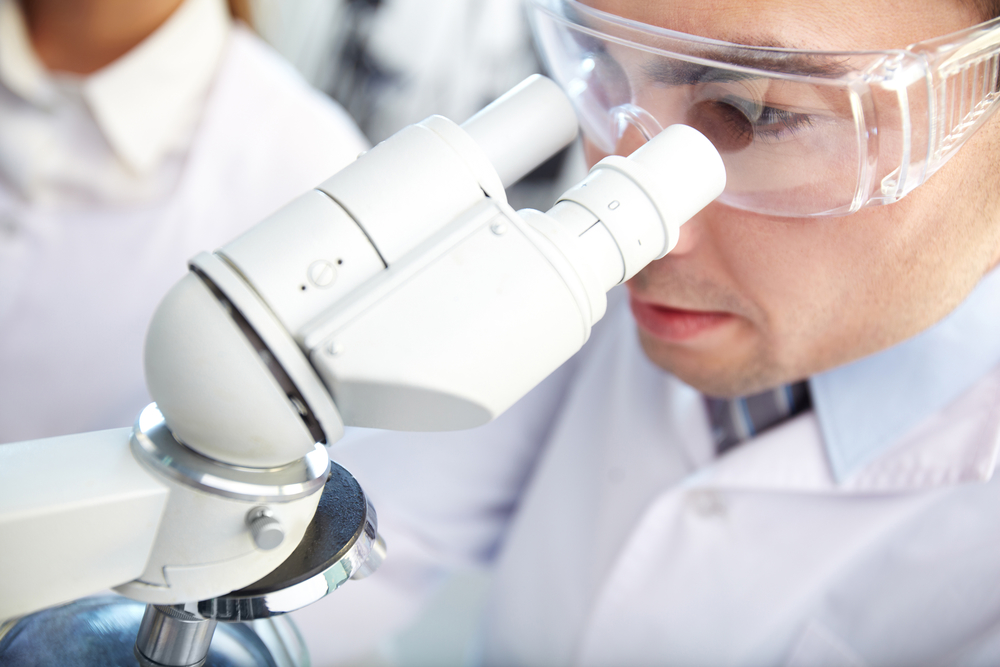Fate Therapeutics is an innovative biotechnology company developing novel stem cell modulators and biologic or small molecule compounds that guide cell fate. Fate Therapeutics’ lead clinical program, ProHema, consists of pharmacologically-enhanced hematopoietic stem cells (HSCs) designed to improve HSC support during the normal course of a stem cell transplant for the treatment of patients with hematologic malignancies.
The company is also advancing a pipeline of human recombinant proteins, for skeletal muscle, beta-islet cell, and post-ischemic tissue regeneration.
What Is Fate Therapeutics Involvement with iPS Cells?
Fate Therapeutics’ research includes induced pluripotent stem cell (iPSC) technology to facilitate commercial scale drug discovery and therapeutic use. In June 2012, Fate Therapeutics announced that it had partnered with Becton Dickinson to commercialize an iPSC reprogramming platform to be distributed among the life sciences and pharmaceutical communities.
BD Biosciences, a Becton Dickson business segment, is a global life science company headquartered in Franklin Lakes, New Jersey, which specifically develops, manufactures, and sells research products through one of its three business divisions (Becton Dickinson’s other business segments are BD Medical and BD Diagnostics.).
In June 2012, Fate Therapeutics announced the introduction of an iPSC-related product resulting from the collaboration between the two companies.
BD SMC4 is a patent protected, pre-formulated cocktail of small molecules for improving cellular reprogramming efficiencies and supporting single-cell passaging and flow cytometry sorting of iPS cells.
BD Bioscience sells BD SMC4 as a “media additive to support the derivation of hiPS cells in feeder or feeder-free culture environments” (Catalog #354357).
The collaboration between BD Biosciences and Fate Therapeutics is designed to provide life science researchers and pharmaceutical companies with reliable access to advanced iPSC tools and technologies. These technologies are for use in human disease research, drug discovery, and the production of cell-based therapeutics. In 2012, the identification of the small molecule additives and their use in an industrial platform for iPSC generation and characterization was featured in the journal Scientific Reports, [1] bringing greater awareness to the collaboration.
What Is Fate Therapeutics Doing Now with iPS Cells?
Since the 2012 partnership was announced between Fate Therapeutics and BD, Fate has been very quiet about its involvement with iPS cell therapy development. On its Immunotherapy Pipeline Page, Fate Therapeutics has several immuno-oncology and immuno-regulatory programs in preclinical phases, with ProTmune™ being explored in two clinical trials (Phase I and Phase II).
It also states that it has an “Induced Pluripotent Stem Cell Platform” composed of three components:
- Off-the-Shelf
- Engineered
- Cellular Immunotherapies
Needless to say, it will be interesting to see if Fate Therapeutics puts any further investment into its iPS cell product development. In the meantime, other companies have been forging boldly ahead in this area. Companies that are exploring the development of iPS cell therapies include Cellular Dynamics International (CDI), Ocata Therapeutics, RIKEN, and Cynata Therapeutics, among others.
Cellular Dynamics recently split into two business units, a Life Science Unit and a Therapeutics Unit, solidifying its commitment to iPS cell therapy development. Cynata is taking a unique approach, in that it is creating allogeneic iPSC-derived MSCs to be used for GvHD. RIKEN has revived its iPS cell trial for macular degeneration. Clearly, there is investment being made into iPS cell therapy development, although it is unclear whether there is any new innovation is flowing from Fate Therapeutics.
Footnotes
[1] Valamehr et al (2012). Scientific Reports. 2: 213.
